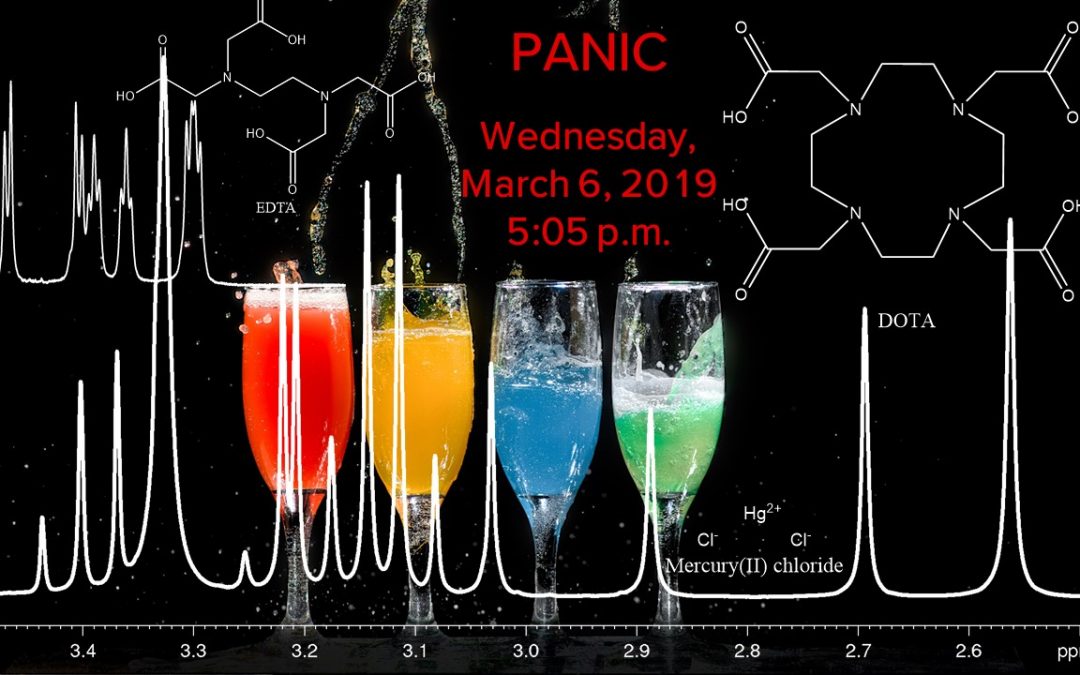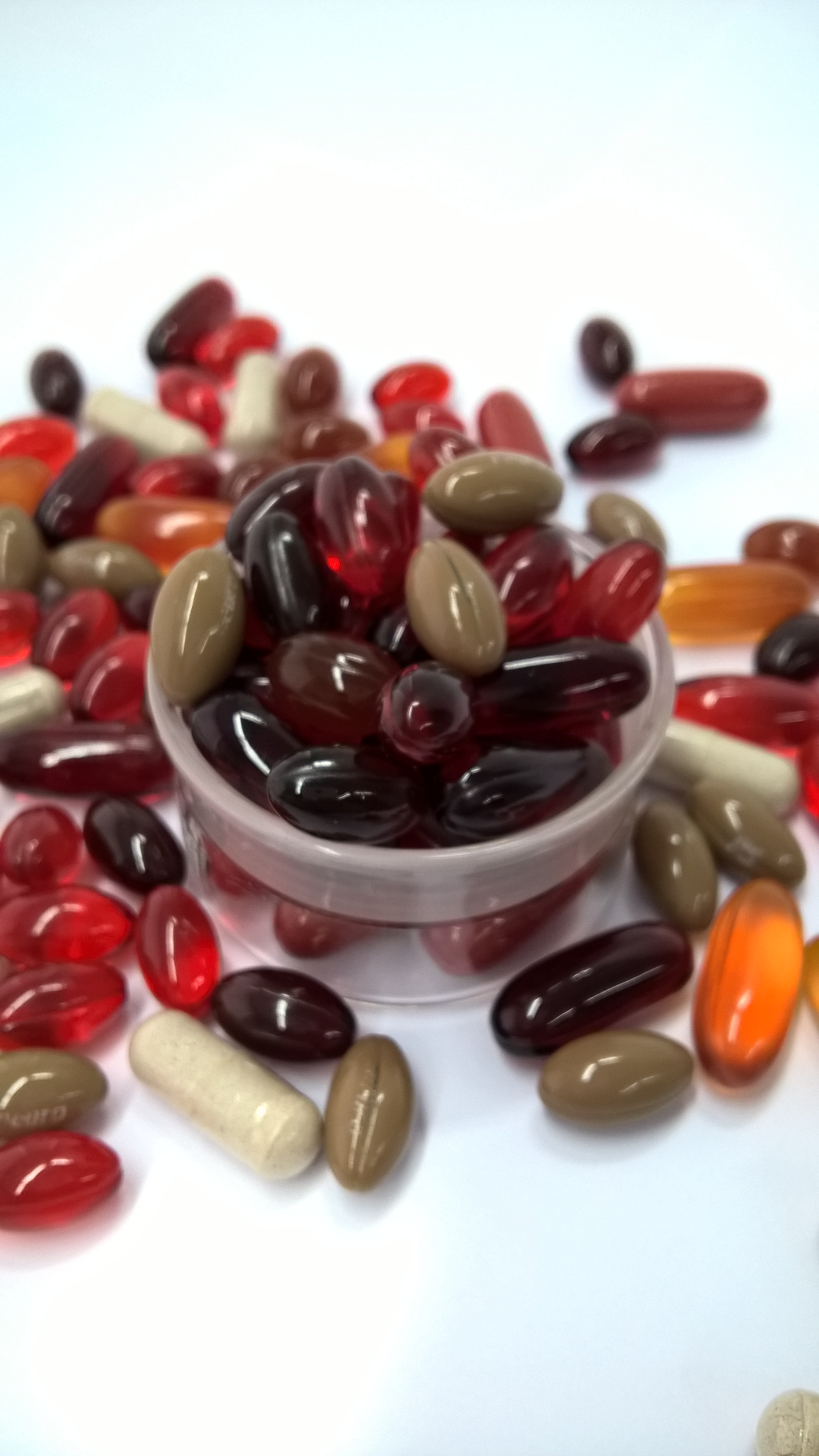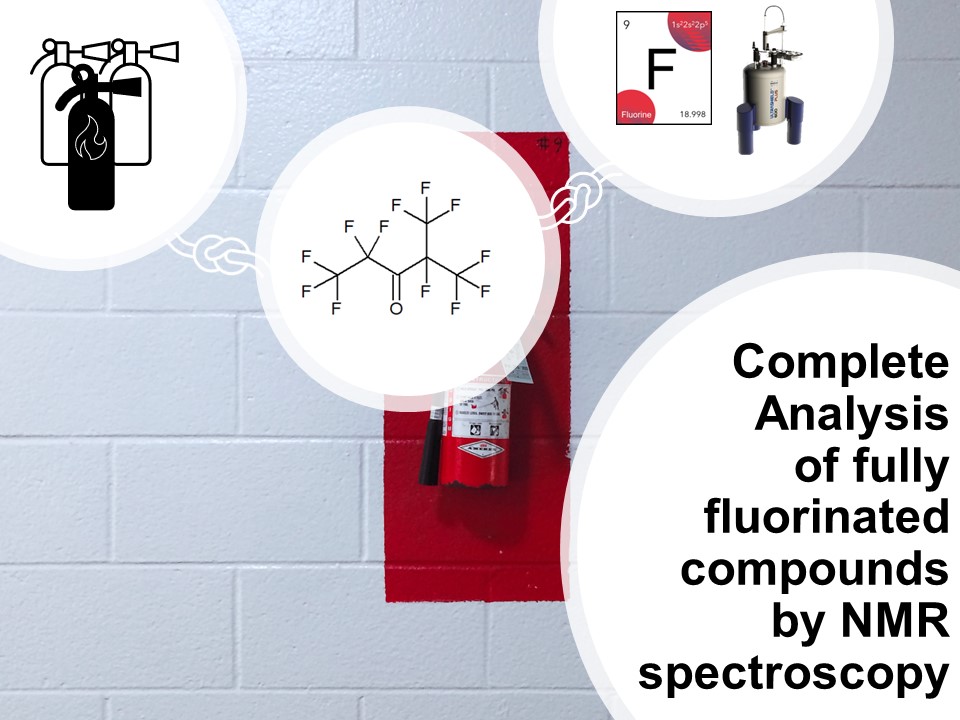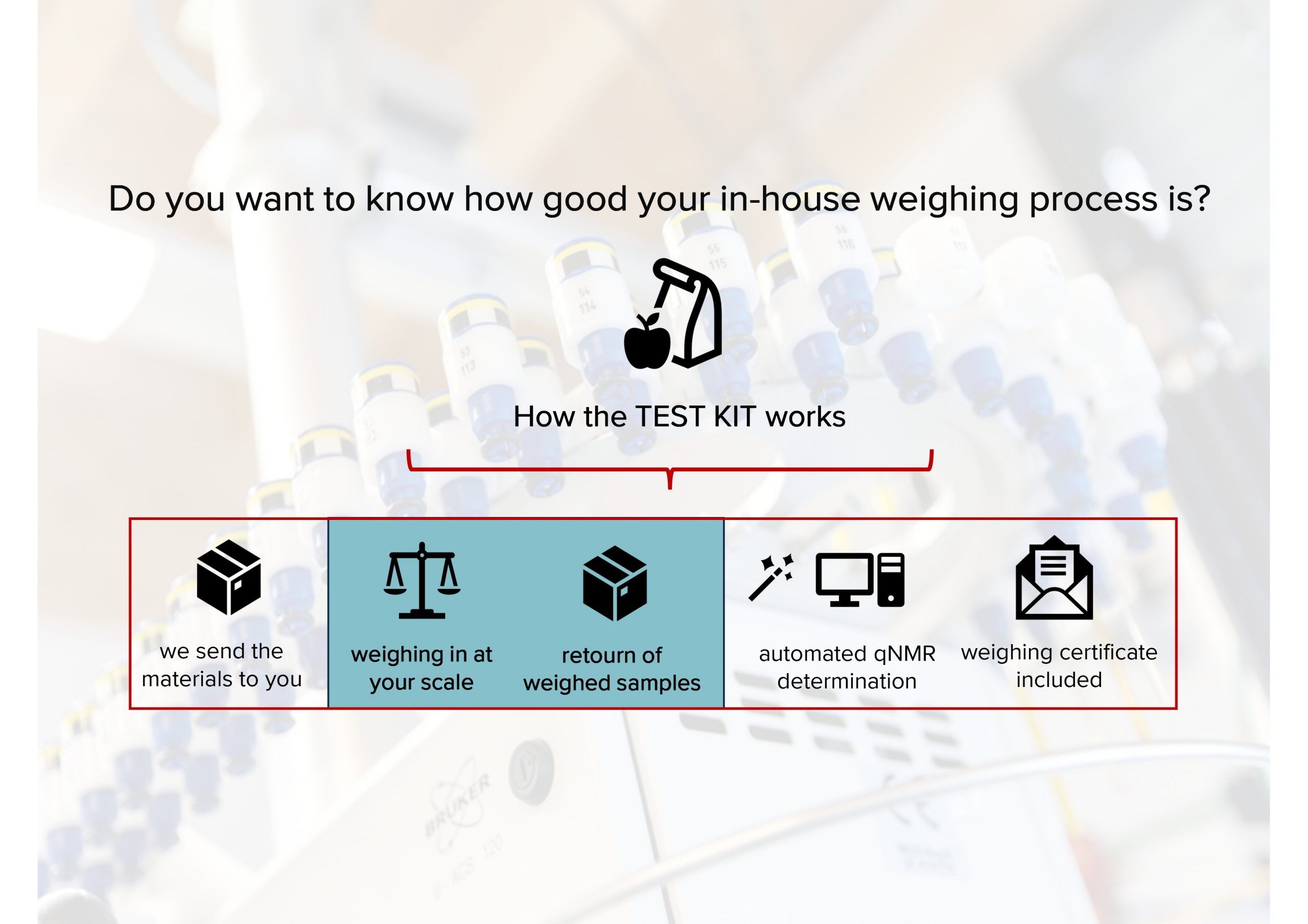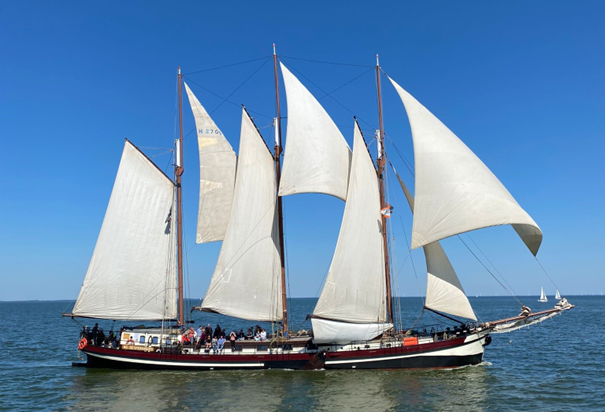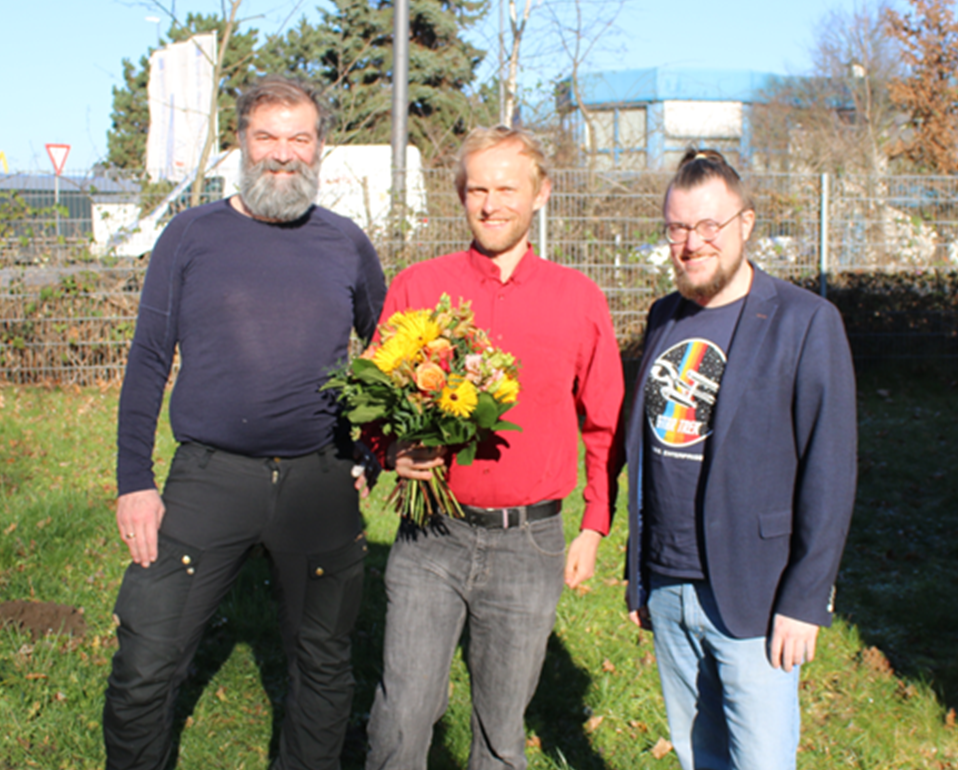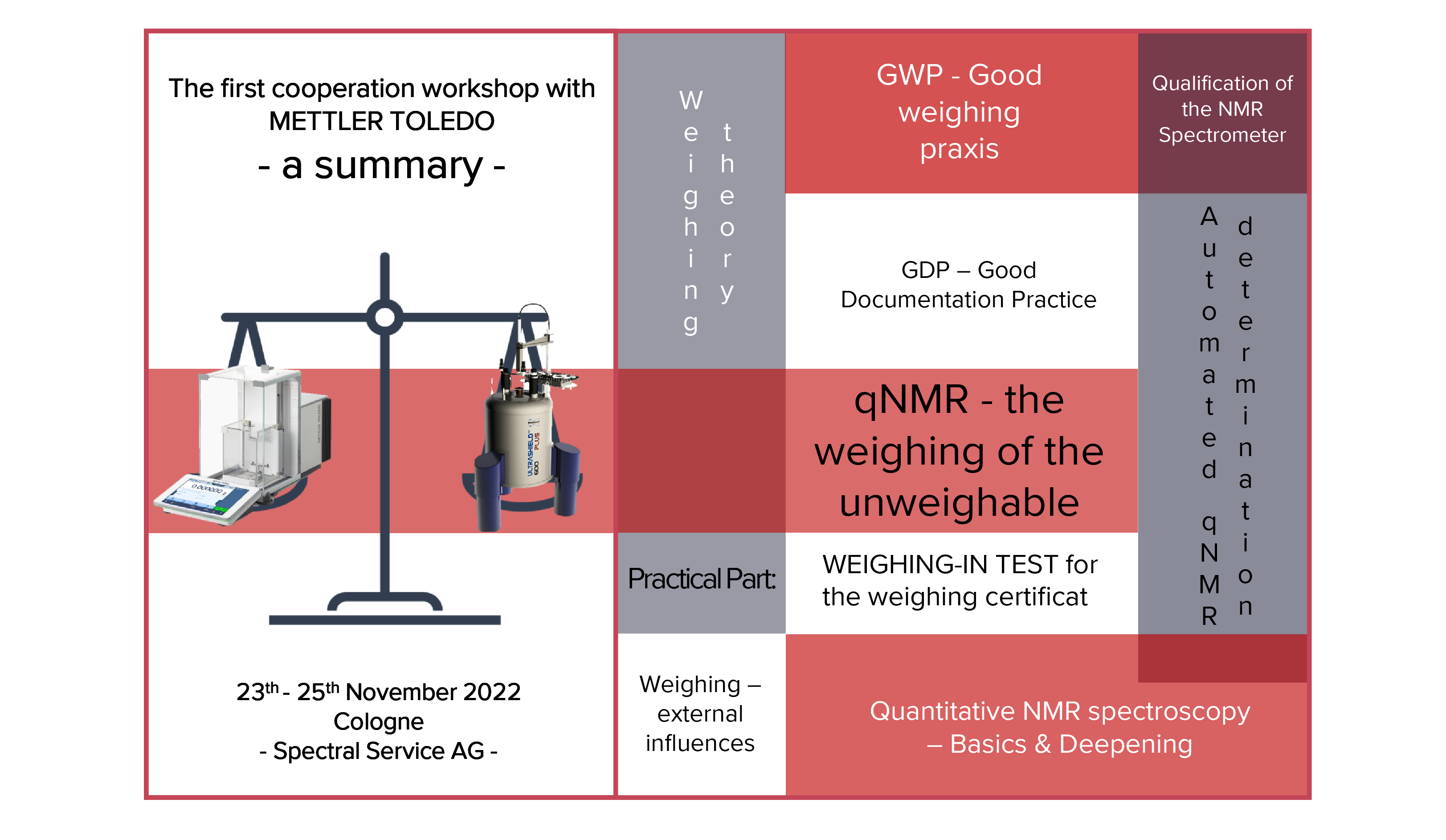Practical Applications of NMR in Industry Conference (PANIC) is a forum for the latest applications of the NMR spectroscopy to real problems faced by scientists in industry, regulatory, government, and academic institutes. Presentation and workshops give the opportunity to discuss and share case studies to drive further development of NMR technology including quantitation, molecular structure characterization, trace component and mixture analysis, and product support for a variety of materials that include small molecules, polymers, heterogeneous mixtures, natural products, biopharmaceuticals, polysaccharides, and proteins.
On Wednesday, March 6, 2019, 5:05 p.m. Elina Zailer will present the latest research results from Spectral Service with the title “NMR as a powerful alternative for complexometric titration to analyze metal ions qualitatively and quantitatively”. Check out the PANIC 2019 Program Schedule here
Several anions such as fluorine (F), chlorine (Cl), bromine (Br), iodine (I) or complex anions based on boron (B) and phosphorus (P), and cations such as sodium (Na), lithium (Li), aluminum (Al), can be analyzed qualitatively and quantitatively by direct NMR measurements of the NMR active nuclei. For oxides of nitrogen (NO, NO2, NO3), sulfur (SO, SO2, SO3, SO4, S2O3), and halogens (e.g. ClO, ClO2, ClO3), the 17O NMR spectroscopy is useful but by the actual lack of cryo-probes, the 17O NMR spectroscopy is not sensitive enough for routine. Further cations such as Ca2+, Mg2+, Sr2+, Ba2+, Pb2+, Hg2+, Be2+, Sn2+ and Zn2+ can be analyzed indirectly by 1H NMR spectroscopy after being complexed with unselective reagents such as EDTA, DTPA or DOTA. The examinations show that NMR spectroscopy is a powerful alternative for complexometric reactions which are conventionally used to indicate the endpoint of a titration by means of a colored complex. By NMR spectroscopy the dynamics of the complexes are investigated at different temperatures. The quantitation of non-sensitive nuclei like K+, or sulfur in SO4(2-) can be boosted by indirect measurement of different classical precipitation methods by e.g. 1H, 35Cl or 55Co NMR spectroscopy.
Wednesday, March 6, 2019
5:05 p.m.
“NMR as a powerful alternative for complexometric titration to analyze metal ions qualitatively and quantitatively”
by Elina Zailer
Come and join the presentation and learn about the power of the NMR spectroscopy. You won’t regret taking the time! It will be great!
